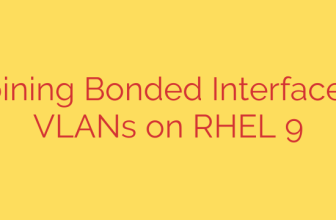
In SwiftUI development, managing shared data across your application’s views can be challenging. The Environment provides an elegant solution, allowing information to be passed implicitly down the View Hierarchy without explicit property drilling.
Think of the Environment as a collection of global settings or shared values available to any view within a specific part of the hierarchy. This mechanism is particularly useful for data that many views might need, such as system settings like language, layout direction, or calendar, as well as custom data specific to your application’s state or configuration.
To access values stored in the Environment, SwiftUI provides the @Environment property wrapper. You declare a property in your view and annotate it with @Environment, specifying the key path to the desired environment value. SwiftUI then automatically injects the correct value into that property when the view is rendered. This makes accessing shared data remarkably simple and clean within your view’s body.
Setting or overriding environment values for a part of the view hierarchy is done using the .environment() view modifier. You apply this modifier to a view, providing the key path for the value you want to set and the new value itself. This change then propagates down to all descendants of that view, making the new value available via the @Environment property wrapper. Any views outside of this branch of the hierarchy remain unaffected.
SwiftUI comes with a rich set of built-in environment values through the EnvironmentValues struct, covering aspects like the current color scheme, presentation mode, undo manager, and much more. You simply use the appropriate key path (like \.colorScheme or \.presentationMode) with @Environment to access these.
For application-specific shared data that doesn’t fit into built-in types, you can create Custom Environment Values. This involves defining a new type that conforms to the EnvironmentKey protocol, specifying a default value. Then, you extend the EnvironmentValues struct to add a computed property that uses your new key type. Once defined, your custom value can be read using @Environment(.\
Mastering the Environment is crucial for building maintainable and scalable SwiftUI applications. It helps reduce boilerplate, simplifies data flow for common settings, and integrates seamlessly with the declarative nature of SwiftUI. By leveraging @Environment and the .environment() modifier, you can manage shared data effectively throughout your interface.
Source: https://itnext.io/swiftui-environment-concepts-and-practice-56ffc847dc8a?source=rss—-5b301f10ddcd—4








